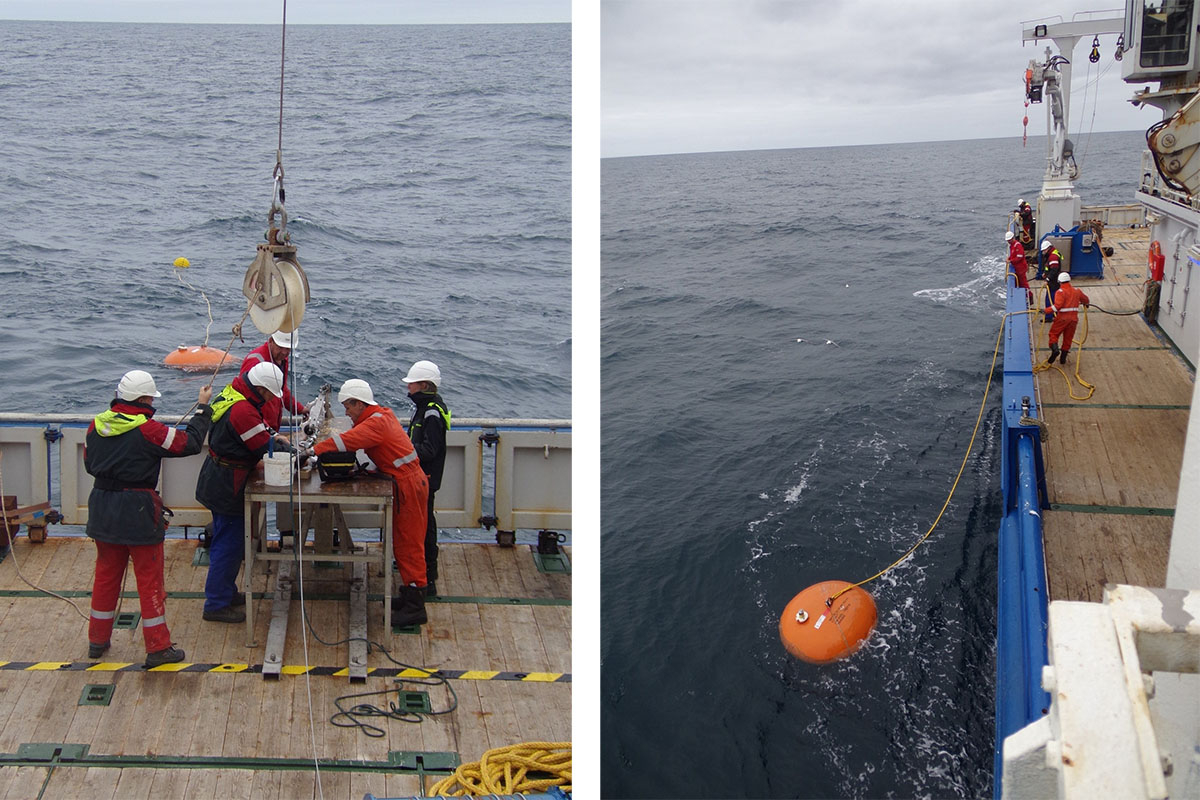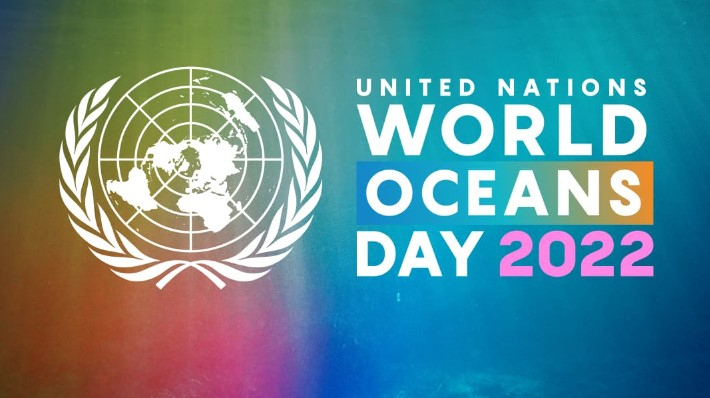Seawater is warming up due to global warming
One litre of water can store 4000 times more heat than one litre of air. As a result, the oceans have absorbed almost all of the extra heat that has accumulated under the thickening 'blanket' of greenhouse gases on the Earth's surface. If the climate system did not have this heat buffer in the oceans, the earth would have become uninhabitable long ago.
As on land, the number of heat waves in the sea is increasing. In the 20th century the frequency of heat waves has approximately doubled. They have also become more intense and last longer.
Warming and the addition of meltwater make the water column in the ocean more stable. It is lighter than salt/cooler water. This makes it harder for surface water to mix with deep water. As a result, the northbound ocean current in the Atlantic could decrease in strength by up to 44%. This also has consequences for the weather over land, from increasing winter storms in the Netherlands to decreasing precipitation over the Sahel.
It is very difficult for researchers to take measurements in the deep sea. A network of thousands of measuring buoys has been active since 2000, but more measurements in the deep sea are needed to better quantify ocean warming. The water pressure in the deep sea only allows special equipment to be lowered. Unfortunately, the costs for this kind of equipment are high

Opwarming van het zeewater door de opwarming van de aarde
Een liter water kan 4000 keer meer warmte opslaan dan een liter lucht. Als gevolg hiervan hebben de oceanen bijna alle extra warmte opgenomen die zich onder de dikker wordende ‘deken’ van broeikasgassen aan het aardoppervlak heeft verzameld. Als het klimaatsysteem niet deze warmtebuffer in de oceanen had gehad, was de aarde allang onleefbaar geworden.
Net als op land neemt het aantal hittegolven in zee toe. In de 20ste eeuw is de frequentie van hittegolven ongeveer verdubbeld. Ook zijn ze intenser geworden, en duren ze langer.
Door opwarming en het toevoegen van smeltwater wordt de waterkolom in de oceaan stabieler. Het is lichter dan zout/koeler water. Hierdoor mengt oppervlakte water moeilijker met diep water. Als gevolg hiervan zou de noordwaartse oceaanstroming in de Atlantische Oceaan tot 44% in kracht kunnen afnemen. Dit heeft ook gevolgen voor het weer boven land; van toenemende winterstormen in Nederland tot afnemende neerslag boven de Sahel.
Het is voor onderzoekers erg lastig om in de diepzee metingen te doen. Er is sinds 2000 een netwerk van duizenden meetboeien actief, maar er zijn meer metingen nodig in de diepzee om het opwarmen van de oceanen beter te kwantificeren. De waterdruk in de diepzee staat alleen toe dat speciale apparatuur naar beneden wordt gelaten. Helaas zijn de kosten voor dit soort apparatuur hoog.

Key figures
-
97% of human-induced global warming is absorbed by the oceans.
-
The other 3% is warming the atmosphere and melting the icecaps.
-
The oceans have warmed by an average of 0.88 degrees Celsius at the surface since the beginning of the 20th century (IPCC 2021).
-
Of these 0.88 degrees, the greatest part - 0.6°C - occurred since 1980.
-
The climate speed, the rate at which spatial gradients of temperatures shift towards the poles, is 21.7 km per 10 years on average in the upper 200 metres of the oceans. This effect is most evident at the poles. (IPCC 2022)
-
3949 autonomously working measuring buoys record the salinity and temperature of sea water at various depths every 10 days. They surface regularly to transmit their position and measurement results.
Kengetallen
-
97% van de door mensen veroorzaakte opwarming van de aarde wordt door de zeeën opgenomen.
-
3% gaat zitten in de opwarming van de atmosfeer en het smelten van ijskappen.
-
De oceanen zijn aan de oppervlakte gemiddeld 0,88 graden Celsius opgewarmd sinds het begin van de 20ste eeuw. (IPCC 2021)
-
Van die 0,88 graden voltrok zich het grootste deel – 0,6°C – sinds 1980.
-
De klimaatsnelheid, de snelheid waarmee ruimtelijke gradiënten van temperaturen naar de polen verschuiven, ligt op 21,7 km gemiddeld per 10 jaar in de bovenste 200 meter van de oceanen. Dit effect is het sterkst zichtbaar bij de polen. (IPCC 2022)
-
3949 autonoom werkende meetboeien leggen 10-dagelijks het zoutgehalte en temperatuur vast van zeewater op diverse diepten. Ze komen regelmatig boven water om hun positie en meetresultaten door te seinen via satellieten.